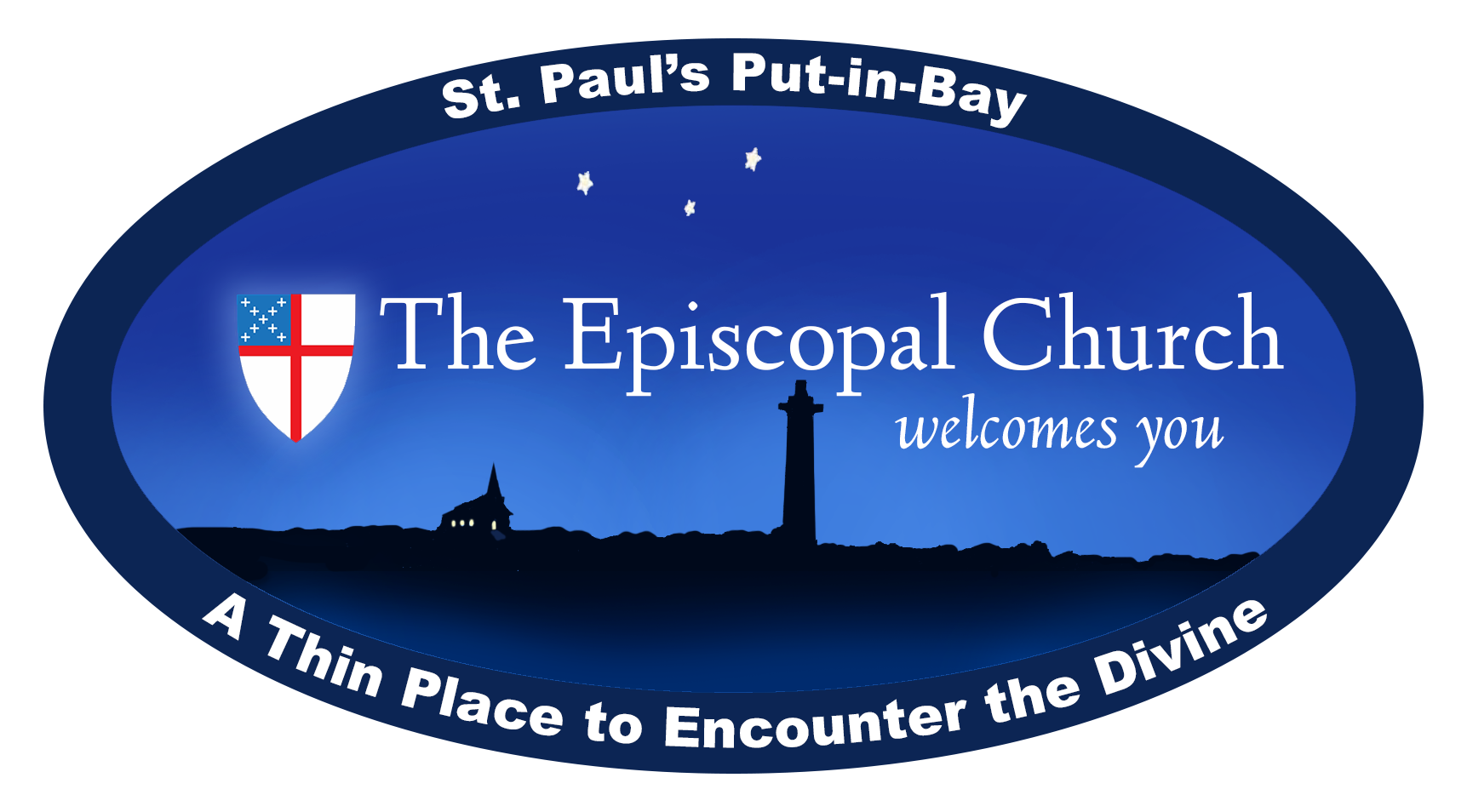1813, Sep 10 – Admiral Oliver Hazard Perry defeated and captured a British squadron of warships in the Battle of Lake Erie.
Admiral Perry was born in South Kingston, Rhode Island, August 23rd, 1785. His favorite books were the Bible. Plutarch’s “Lives,” Shakespeare, and Addison. At the age of eleven he was confirmed in the Protestant Episcopal church. He was 27 when he came to Put-In-Bay for the famous Battle of Lake Erie (Put-In Bay). He died in Port Spain, Island of Trinidad, August 23rd 1819.
1821 — Jay Cooke was born in Sandusky, Ohio on August 10th. His father, Eleutheros Cooke served in Congress.
1836 — Jay Cooke began his working years as a clerk.
1843 — The Oxford Movement emerged in England, also known as the Tractarian Movement.
1854 — Col Alfred P. Edwards sold South Bass and other neighboring islands to Mr Joseph (José) de Rivera, a Spanish merchant from New York. Col Edwards had inherited the land from his brother, Judge Ogden Edwards.
1858 — Grape growing begins on South Bass. Jay Cooke visited South Bass to hunt and fish.
1861 – Put-In-Bay Township was formed from portions of Van Rensselaer Township. Jay Cooke was serving on the vestry of St Paul’s on Third Street in Philadelphia in 1861.
1864 – Episcopal worship was held in the school by The Rev John Mills Kendrick, who became the first rector of St. Paul’s.
1864 — Jay Cooke purchases Gibraltar Island from Joseph de Rivera.
1864 – The Rev Miles Kendrick arrives as the first clergyman to reside on the island. Episcopal worship begins in the school house.
1864 — Mr Jay Cooke a devoted Episcopalian and financier offered funds to help islanders build a church if the island residents would also raise funds.
1864 – May — Mr Jay Cooke purchased the land where St Paul’s sits from Jose de Rivera. He held the title to the land until his death.
1865 – The Cooke Mansion was completed and the Cooke family began their annual May/June and September/October visits. The first group of clergymen arrived mid-summer to enjoy Gibraltar’s hospitality. (see Pollard pg 26) Jay Cooke invited clergy of all denominations and his friends to come to his island for a retreat.
1865 Citizens of PIB and their Rector, the Rev Miles Kendrick, formed a “religious society” to be connected with the Protestant Episcopal church.
October 8th 1865 the first services were held at St. Paul’s church and officiated by The Rev John Mills Kendrick, rector, (Episcopalian). Jay Cooke, Salmon Chase and many others attended.
1866 – Cooke’s journal mentions the picnic groups arriving on Sundays, breaking the sabbath and creating a lot of noise. He clearly did not approve.
Summer 1868 the records indicate: of those attending services in the church that summer the church was reported to have 150 enrolled in Church School. Six adults were Episcopalians. The church continued to grow and several adults were confirmed each year.
Winter 1868-69 Ohio Bishop Charles P. McIlvaine wrote to Rev, Weldon with instructions about the form of worship he should have and the vesture he should wear based on a letter from a fall visitor describing Mr Weldon’s inconsistencies with Episcopal practices.
Spring 1869 – Rev Weldon chose to leave the Episcopal church instead of following the Bishop’s guidance. Mr Jay Cooke did not discourage Mr Weldon’s decision (though he did not encourage it either). Jay Cooke was very active in the Episcopal church in Philadelphia at this time, serving on two National committees.
20 June 1869 – Church members voted to withdraw from the Episcopal Church and formed themselves as a Congregational Church but continued to worship using the Episcopal Book of Common Prayer. This decision was related to their rector’s attraction to the theology and doctrine of Bishop Cummings (An Episcopalian who would go on to create the Reformed Episcopal Church in 1873).
————————————————————————————————————–
1869 – 1889 Parish was led by independent ministers. During this period (1875)the Catholic church was established on the island.
1873 — Following the Civil War there was disagreement over the wording and understanding of the Baptismal Service leading to the formation of “The Reformed Episcopal Church” by Bishop George David Cummins. Evangelical Episcopalians disturbed by High Church Tractarianism formed their own voluntary societies and continued to work in interdenominational agencies.
1877 – The Village of Put-In-Bay was incorporated.
1875 – St Paul’s affiliated with the Reformed Episcopal church.
————————————————————————————————————–
1912 – The church returned to the Protestant Episcopal Church.
Oct 25, 1912 the first Episcopal Bishop’s visitation marked the return to the Protestant Episcopal Church.
1914 – Documents were signed completing the formal return to the Episcopal church.
